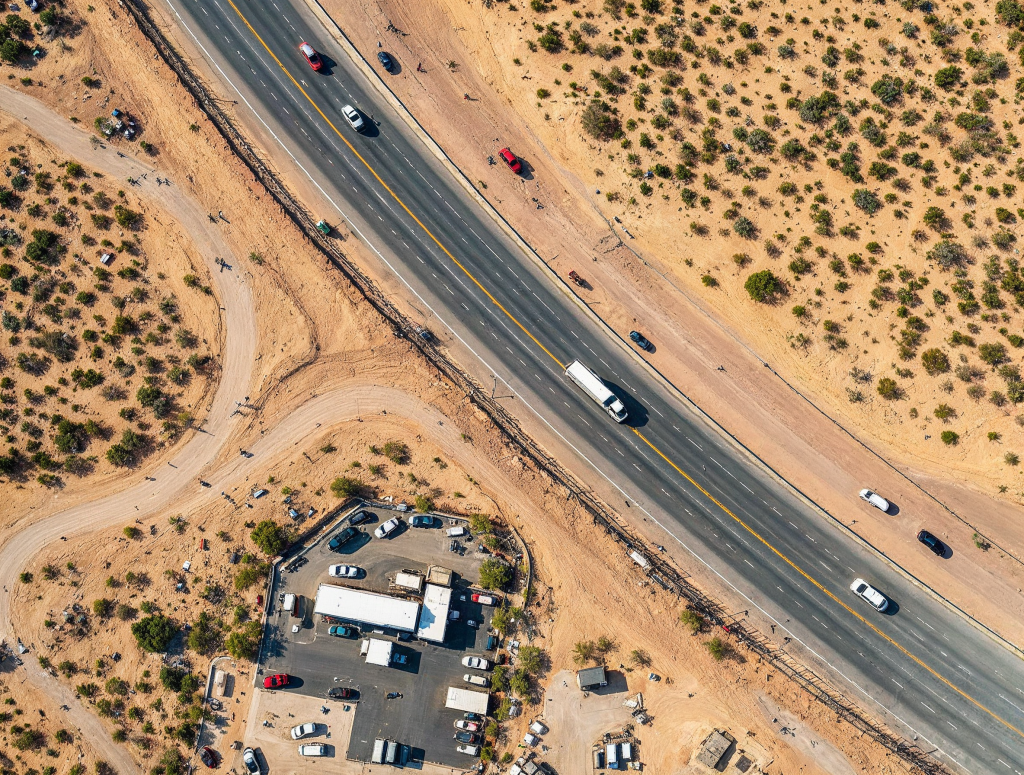The transition from January 20 to February 1 has been characterized by a flurry of executive actions emanating from the White House. During this crucial period, the administration sought to address a variety of policy areas—ranging from economic relief and healthcare policy to immigration reforms and environmental stewardship. Each order, while distinct in scope and intention, collectively reveals how the executive branch has prioritized immediate action to respond to ongoing national challenges. Observers note that these measures may set the tone for the months ahead, as policymakers and citizens alike examine what these directives signify for the future.
One of the most prominent aspects of this wave of executive orders involves the administration’s approach to economic recovery. Many of the directives that were signed in late January center upon boosting small businesses, reinforcing consumer protections, and stabilizing a still-recovering labor market. The focus has been on both shoring up short-term relief programs and establishing frameworks for long-term growth. While critics question whether these measures go far enough to address entrenched structural problems, supporters regard them as necessary steps for revitalizing an economy that continues to contend with the aftereffects of recent downturns. Some economists emphasize that the true impact of these executive actions will only be seen in the coming months, when data on employment, retail sales, and new business formation becomes more apparent.
In tandem with economic considerations, healthcare remains a top priority. Executive orders related to healthcare policy were issued to expand coverage options, enhance affordability, and revisit specific regulatory policies enacted over the past few years. These moves prompted extensive discussion regarding the balance of power between the executive and legislative branches, especially given the complexity and scale of the American healthcare system. During the final week of January, officials involved in these executive orders underscored the importance of broadening access to both preventive and urgent care. They also highlighted the need to reduce costs for families struggling with rising insurance premiums and prescription drug expenses. Although these directives do not substitute for comprehensive legislation, administration officials have characterized them as urgent measures meant to mitigate immediate burdens on the healthcare infrastructure.
Immigration policy also drew significant attention. Shortly after January 20, a series of directives aimed at revisiting enforcement priorities and revising certain visa protocols made headlines. Among the most discussed were provisions that potentially alter the legal pathways for certain categories of immigrants and provide temporary protections for others. White House representatives framed these orders as a means to implement a “more humane” approach, though critics argued that changes may encourage further controversy or fail to address deeper systemic challenges. The period from January 20 to February 1 saw heightened public debate, with advocacy groups for migrants welcoming the shift, while others cautioned that the policy landscape remains complicated and will require legislative collaboration to produce lasting reform.
Environmental directives also stood out during this timeframe. Various executive orders reaffirmed commitments to preserve natural resources, invest in clean energy, and combat climate change through regulatory oversight. Advocates for environmental protection applauded the administration for quickly realigning federal agencies toward sustainability goals. Opponents questioned the economic implications of these new regulations, suggesting that certain sectors could be negatively impacted if new rules impose elevated costs on businesses. Nonetheless, executive officials defended the positions by highlighting global environmental challenges and the long-term benefits of green energy initiatives.

As January turned into February, further executive actions hinted at a broader scope of reform. Measures were initiated to review educational policies, address infrastructure planning, and examine proposals related to social welfare. Members of Congress, particularly those holding leadership positions, have pointed to the importance of legislative input on these matters. They have signaled an interest in convening committee hearings to discuss how best to translate executive objectives into more lasting statutory changes. Still, the White House has indicated it intends to use its executive authority actively when urgent action is deemed necessary.
Public reception to these executive orders has been mixed, reflecting a nation that remains politically diverse and often divided. Some Americans welcome the decisive nature of the directives, viewing them as evidence that policymakers are taking bold steps to tackle the immediate needs of the country. Others remain wary, questioning whether an overreliance on executive authority can yield meaningful results without robust debate and compromise in Congress. Observers from academia and think tanks have commented on the necessity of balancing swift action with procedural checks, underscoring that executive orders can be reversed or challenged more easily than legislation.
Overall, the period from January 20 to February 1 has showcased the White House’s commitment to using executive authority to direct policy and address challenges. From economic recovery initiatives to healthcare expansions and from immigration adjustments to environmental safeguards, the breadth of these executive orders reveals an administration rapidly attempting to chart its course. It is likely that many of these measures, though immediately enacted, will face further debate, legal scrutiny, and possibly revisions in the coming weeks. Lawmakers, advocacy groups, and the public will continue to watch closely, as these first moves are widely viewed as indicative of the administration’s broader agenda and governing style. The results of this concentrated flurry of executive orders may not be fully realized for months to come, but what is evident now is a determination to act swiftly in pursuit of urgent national goals.
